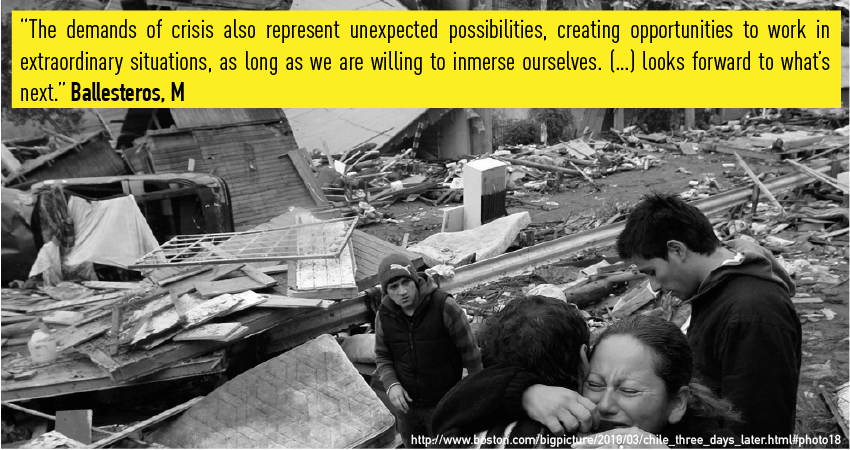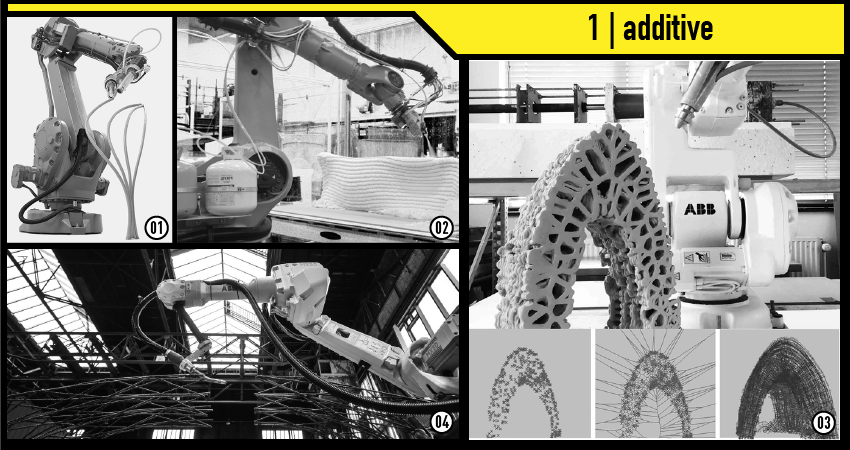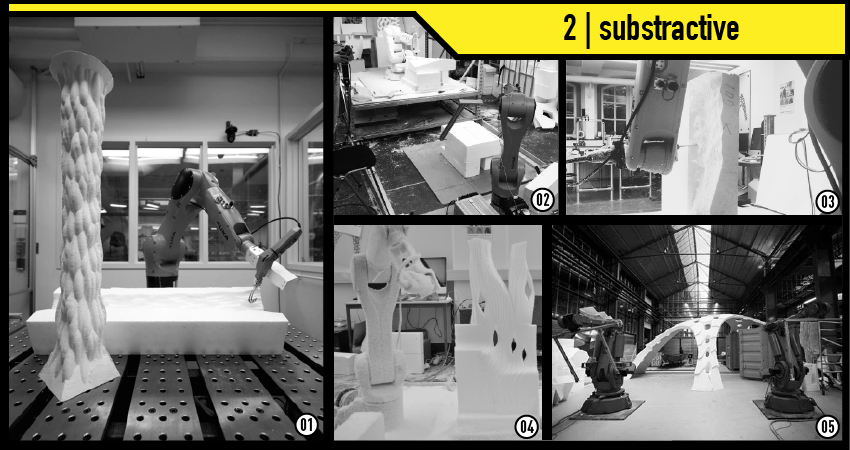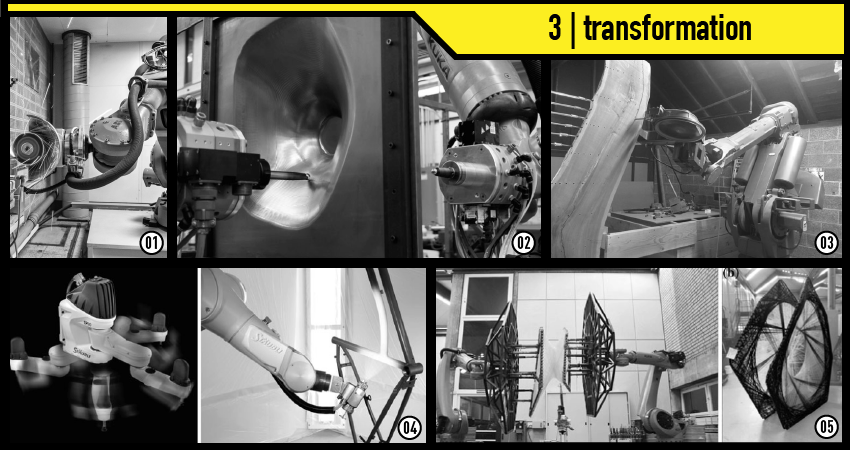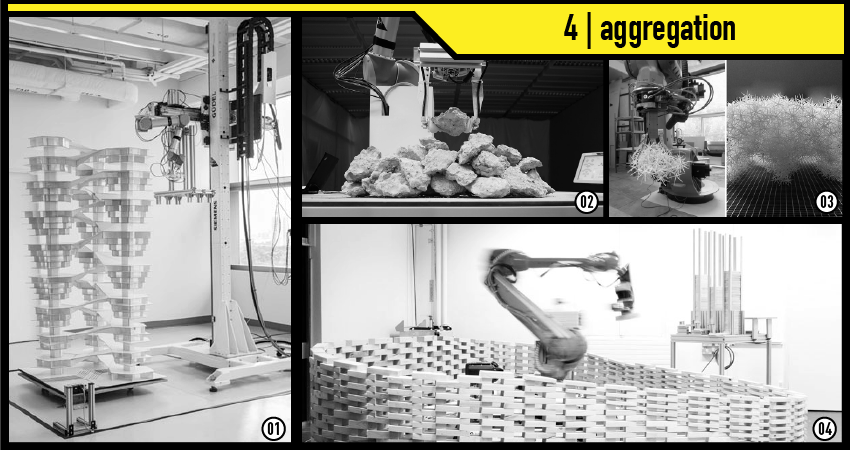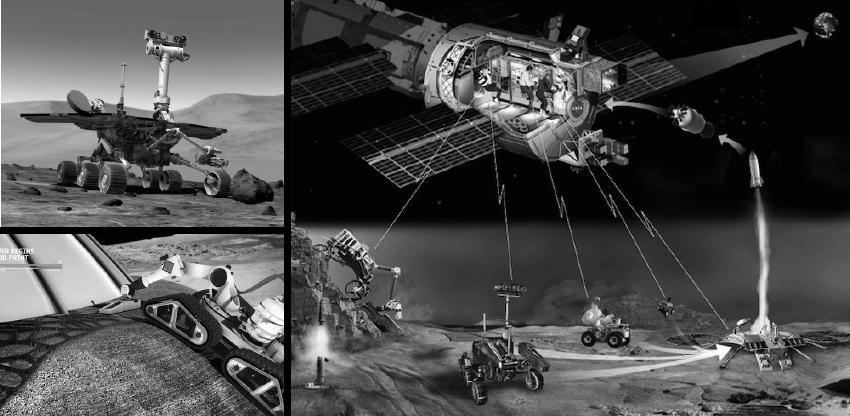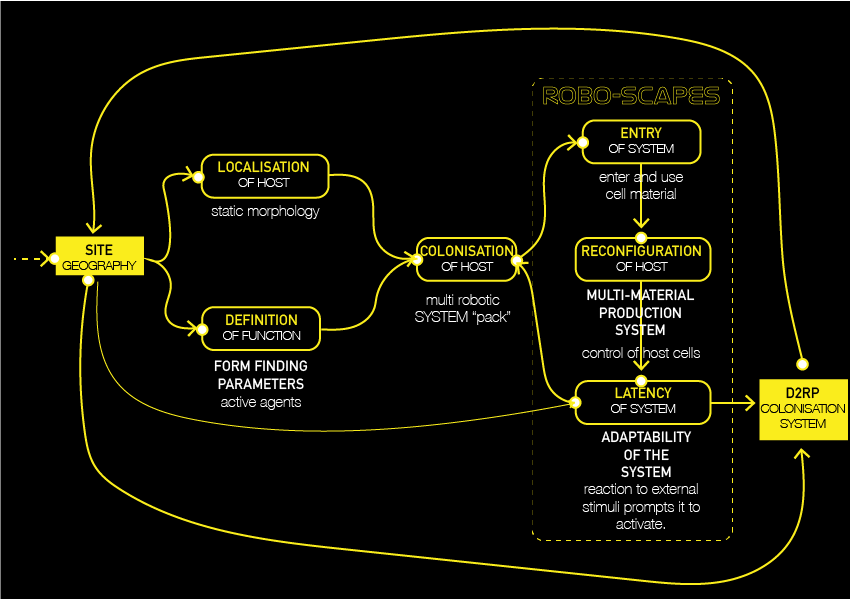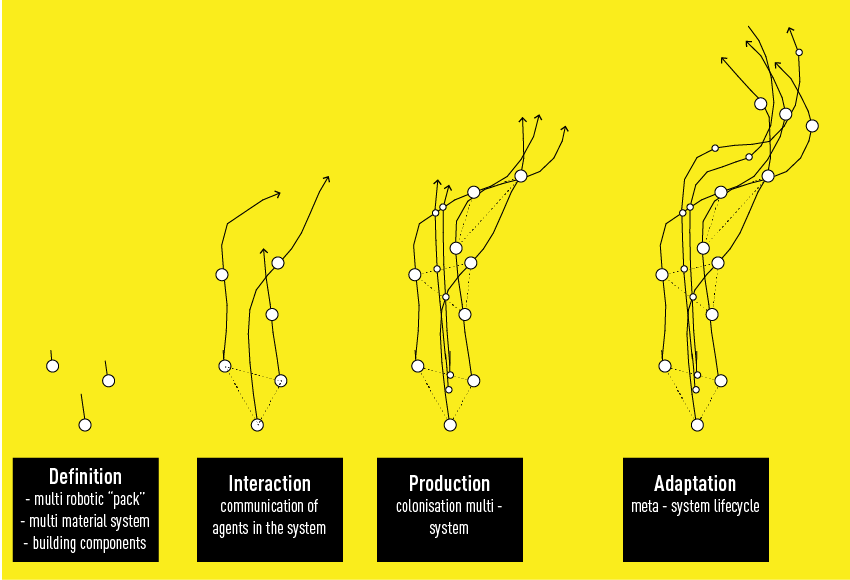Difference between revisions of "project09:P1"
Marco Galli (Talk | contribs) (→ROBOTICS | new technology?) |
Marco Galli (Talk | contribs) |
||
| Line 162: | Line 162: | ||
== <span style="color:black; background:#FCEE21"> '''SPACE EXPLORATION''' </span> <span style="color:#FFFFFF"> | </span> a fully robotic environment== | == <span style="color:black; background:#FCEE21"> '''SPACE EXPLORATION''' </span> <span style="color:#FFFFFF"> | </span> a fully robotic environment== | ||
| − | + | [[File:RS P1-12.png|850px]] | |
| − | + | ||
| − | + | ||
| − | [[File:RS P1- | + | |
== <span style="color:black; background:#FCEE21"> '''COLONISATION''' </span> <span style="color:#FFFFFF"> | </span> geo-logic== | == <span style="color:black; background:#FCEE21"> '''COLONISATION''' </span> <span style="color:#FFFFFF"> | </span> geo-logic== | ||
<span style="font-size: 20px; color: black;"> | <span style="font-size: 20px; color: black;"> | ||
| − | ''' | + | '''How? Colonisation in biology''' |
| − | [[File:RS P1- | + | ''Colonisation is the process in biology by which a species spreads to new areas. Colonisation often refers to successful immigration where a population becomes integrated into a community, having resisted initial local extinction. |
| + | species must continue to colonize new areas through its life cycle (called a taxon cycle) in order to achieve longevity. | ||
| + | - metapopulations.'' | ||
| + | |||
| + | ''A colony refers to individual organisms of the same species living closely together, usually for mutual benefit, such as stronger defense or the ability to attack bigger prey. Some insects (ants and honey bees, for example) live only in colonies. | ||
| + | A colonial organism is an organism composed of multiple constituent organisms. The organisms can be unicellular or multicellular. closer association of its component parts into discrete individual superorganisms, and typically by the presence of differentiation into two or more specialized component types.'' | ||
| + | |||
| + | [[File:RS P1-13.png|850px]] | ||
== <span style="color:black; background:#FCEE21"> '''ROBOTIC COLONISATION''' </span> <span style="color:#FFFFFF"> | </span> design to production system== | == <span style="color:black; background:#FCEE21"> '''ROBOTIC COLONISATION''' </span> <span style="color:#FFFFFF"> | </span> design to production system== | ||
| − | + | [[File:RS P1-15.png|850px]] | |
| − | + | ||
| + | [[File:RS P1-16.png|850px]] | ||
| + | |||
| + | [[File:RS P1-17.png|850px]] | ||
| + | |||
| + | |||
| + | |||
== <span style="color:black; background:#FCEE21"> '''VISION''' </span> <span style="color:#FFFFFF"> | </span> what's next?== | == <span style="color:black; background:#FCEE21"> '''VISION''' </span> <span style="color:#FFFFFF"> | </span> what's next?== | ||
Revision as of 11:29, 4 November 2015
WHAT'S NEXT? | A pavilion for the New World
End of the world?
Architecture back seat
- need of a social turn > protect and society (50s) > project and culture (now) > social advances? THE SOCIAL COMPONENT
- disaster design protocols? re construction protocols?
- What is the role of the Architect? > embrace future - very soon - problematics
how do we re-urbanise / re-cycle / re-organise after a disaster/crisis?
AGE OF THE MACHINES | Historical References
- utopia > anticipation > exploration & foresight
- needs in the system - new system?
ROBOTICS | new technology?
State of art
Fig 1
Fig 2
Fig 3
Fig 4
Fig 5
Fig 1
Fig 2
Fig 3
Fig 4
Fig 5
Fig 1
Fig 2
Fig 3
Fig 4
Fig 5
Fig 1
Fig 2
Fig 3
Fig 4
Fig 5
- new tech to help this “new” modernisation
how do we insert robotic fabrication in the architectural building process?
SPACE EXPLORATION | a fully robotic environment
COLONISATION | geo-logic
How? Colonisation in biology
Colonisation is the process in biology by which a species spreads to new areas. Colonisation often refers to successful immigration where a population becomes integrated into a community, having resisted initial local extinction. species must continue to colonize new areas through its life cycle (called a taxon cycle) in order to achieve longevity. - metapopulations.
A colony refers to individual organisms of the same species living closely together, usually for mutual benefit, such as stronger defense or the ability to attack bigger prey. Some insects (ants and honey bees, for example) live only in colonies. A colonial organism is an organism composed of multiple constituent organisms. The organisms can be unicellular or multicellular. closer association of its component parts into discrete individual superorganisms, and typically by the presence of differentiation into two or more specialized component types.
ROBOTIC COLONISATION | design to production system
VISION | what's next?
End of the world?
== REFERENCES | research data and literature==


